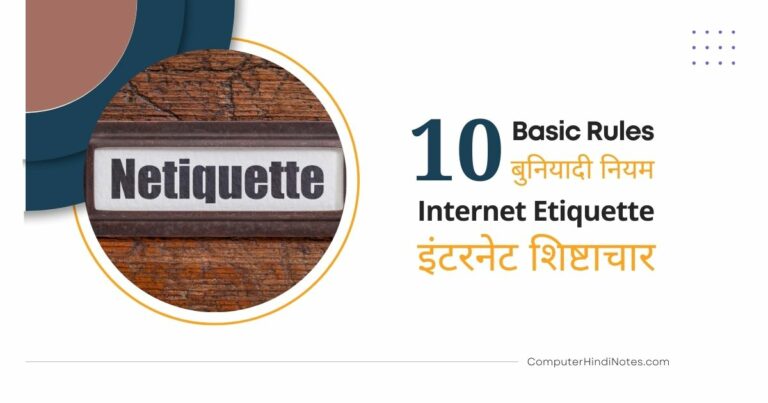10 golden rules of email etiquette
Stories about people losing employment opportunities due to their activity on social media are easy to find on the internet, and they’re more common than you may think las atlantis.com. People aren’t denied employment just because they’re aggressive or devious online. Qualified candidates sometimes miss out simply because they’ve expressed views about topics like pay transparency, Roe v. Wade, racial diversity, or marginalized LGBTQ+ community members that don’t align with a prospective employer’s viewpoints.
Women used to be expected to keep their hands in their laps or under the table during a meal, Parker says. “Before, this was seen as an elegant but rather submissive gesture, which is no longer applicable because most of the time we attend business meetings and women of today are equal partners in any conversation,” she says.
Unless you’re an A-list celebrity, don’t be shady. Good manners means removing your sunglasses when going indoors and when greeting someone, whether outdoors or indoors, says Grotts. (You can put them back on after the greeting if you have sensitive eyes outdoors.) “Eye contact is the bedrock of communication,” she says. “Taking your glasses off allows for eye contact and establishes a connection.”
10 rules of online etiquette
The rules of etiquette are just as important in the digital world as they are in the real world—and poor netiquette (also known as online etiquette or Internet etiquette) can stick around to haunt you for much longer.
The golden rule of netiquette boils down to one basic guideline: Do not do or say online what you would not do or say offline. Before posting a comment, status update, or image, ask yourself if you would feel comfortable sharing the same thing face-to-face. If not, don’t post it.
Sarcasm has been the source of plenty of misguided arguments online, as it can be incredibly difficult to understand the commenter’s intent. What may seem like an obvious joke to you could come across as off-putting or rude to those who don’t know you personally. As a rule of thumb, it’s best to avoid sarcasm altogether in an online classroom. Instead, lean toward being polite and direct in the way you communicate to avoid these issues.
Lev also recommends using caution regarding what you share about yourself online. For example, don’t sext naked pictures or post pictures of alcohol use, drug use, or other information about your private life online. Once these images and statements are uploaded to the Internet, they are there for the rest of the world to see, forever.
Not only is it good practice to be guarded when it comes to personal information, you always want to be just as respectful toward others as you would be if you were sitting in the same room together. Zink says a good rule of thumb to follow is if you’re comfortable standing up in front of a classroom and saying your message, then it’s most likely okay to share.

10 rules of golf etiquette
It is important to be mindful of golf etiquette when visiting the course. Many forget or ignore one rule: not placing your bag on a tee box. While it may seem trivial to some, it can have serious implications for other golfers and should be avoided at all costs.
When playing rounds of golf with friends, many people are tempted to shoulder their clubs and leave their bags on the tee box. This means that other golfers behind them must find a spot to place their bags, which can be difficult and distracting. Having bags in the way of someone’s striking vision can also interfere with their ability to play a good shot.
From Bobby Jones and Walter Hagen to Ben Hogan and Sam Snead to Tiger Woods and Phil Mickelson, the best players have been meticulous about their appearance. Their clothing has been sharp, and not one of them has shown up on the first tee with his cap backward, mud caked on his shoes, or his shirttail hanging out. (My shirt often came untucked, but it was my swing that did it. I started with it tucked in!)
Additionally, knowing the difference between red and yellow stakes is crucial for handling water hazards. Players should also be aware of the etiquette surrounding the order of play and maintaining pace.
Another essential rule involves understanding the procedures for out of bounds, often marked by white stakes or lines. If your ball travels beyond these markers, replay your shot from the original position with a penalty of one stroke.
Speaking of golf etiquette, it’s important to be mindful of your steps when you are on the green. While the rules of golf now allow players to repair spike marks, it is still considered rude and disrespectful to walk in a fellow golfer’s putting line as it can easily cause them to miss their shot. It is important to avoid walking directly in the line for the ball and be conscious of the “through line.” The through line is where the ball would go if it were to miss long, and it is also important not to disturb this area.
